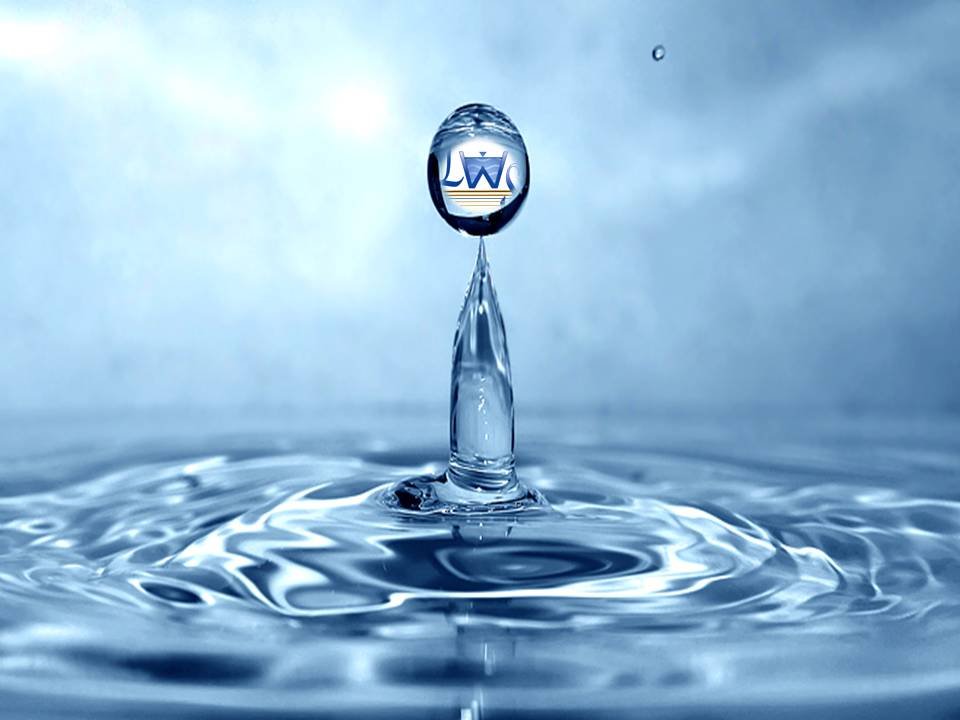Blog

Platte Valley Water Partnership Project - Operational Scenarios
Rueter-Hess Reservoir is now operational, serving as the centerpiece of Parker Water and Sanitation District’s (PWSD) efficient water reuse system, and storing local in-priority renewable and reusable water supplies. However, Rueter-Hess Reservoir’s role is planned to become even more important and vital to the future of PWSD’s long-term water supply....LEARN MORE HERE!

Platte Valley Water Partnership Project - PWSD’s Renewable Future
Rueter-Hess Reservoir is now operational, serving as the centerpiece of Parker Water and Sanitation District’s (PWSD) efficient water reuse system, and storing local in-priority renewable and reusable water supplies. However, Rueter-Hess Reservoir’s role is planned to become even more important and vital to the future of PWSD’s long-term water supply....LEARN MORE HERE!

Series: Colorado Water Law Basics
Over the past few years LWS has posted several informative blogs on the basics of Colorado water law; here are all of blogs in one place. Check out our quick reference list of the LWS blog series on Colorado Water Law Basics!

Rueter-Hess Reservoir History Series
Lytle Water Solutions (LWS) has written a series of blogs on the history and development of the Rueter-Hess Reservoir in Parker, Colorado. Here is a quick reference list of the blogs in this series...

Rainwater Harvesting
Rainwater harvesting...is the process of collecting, storing, and then putting to beneficial use the runoff from precipitation events. Rainwater is considered “waters of the State” as a portion of the water runoff finds its way to streams and shallow groundwater systems, which then contributes to water supplies that vested water rights rely upon...LEARN MORE HERE!

Rueter-Hess Reservoir History: Part 7 - A Key to a Renewable Water Future
Rueter-Hess Reservoir History: Part 7-A Key to a Renewable Water Future…
Rueter-Hess Reservoir has become a key to both developing local renewable water resources, as well as allowing the Parker Water and Sanitation District (PWSD) to develop a full reuse system. Renewable water supplies are provided to Rueter-Hess Reservoir through the Cherry Creek Pump Station from Cherry Creek and by gravity inflow on Newlin Gulch. This water is then stored until demands dictate the release and treatment of the water, with the subsequent use within the PWSD service area that includes the Town of Parker, Lone Tree, and Castle Pines.…LEARN MORE HERE!

Rueter-Hess Reservoir History: Part 6 - Construction & Initial Operation of the Reservoir
Rueter-Hess Reservoir History: Part 6-Construction and Initial Operation of RHR…
The last Rueter-Hess Reservoir history blog described the permitting of the dam and reservoir, which required two complete cycles of the National Environmental Policy Act (NEPA) review. This resulted in two Section 404 permits and Records of Decision (RODs), one in 2004 and the second in 2008. The result was the ability for the Parker Water and Sanitation District (PWSD) to construct Rueter-Hess Reservoir to a 72,000 acre-foot (ac-ft) capacity.
Since the 2004 ROD allowed the construction of the smaller Rueter-Hess Reservoir to 16,200 ac-ft of capacity, construction of the dam began soon after receiving approval from the US Army Corps of Engineers. While the initially approved dam was lower and shorter in length, since the second NEPA action was underway prior to construction starting, the dam core and dam length were built to accommodate the full size Rueter-Hess Reservoir, with the expectation the second application would be approved. If not, the dam would have been oversized for the approved storage capacity. Fortunately, that didn’t happen!…LEARN MORE HERE!

Rueter-Hess Reservoir History: Part 5 - Final Permitting and Construction
Rueter-Hess Reservoir History: Part 5-Final Permitting and Construction…
Based on its application to the US Army Corps of Engineers (USACE) in 1999 and the work completed for the Environmental Impact Statement, Parker Water and Sanitation District (PWSD) obtained a Section 404 permit and Record of Decision on February 23, 2004…
However, within 3 months after receiving its Section 404 permit, other water supply entities approached PWSD about the possibility of obtaining storage in Rueter-Hess Reservoir…LEARN MORE HERE!

Rueter-Hess Reservoir History: Part 4 - NEPA Permitting Can Result in Ancillary Benefits
Rueter-Hess Reservoir History: Part 4 - NEPA Permitting Can Result in Ancillary Benefits….
Following up on Part 3 of the LWS series on the history of Rueter-Hess Reservoir: The NEPA action (to approve the Section 404 permit) was being delayed because of the biological opinion that had to be provided in the permitting process by the US Fish and Wildlife Service (USFWS)…Because no agreement had been made under the Tri-State Agreement (Wyoming, Colorado, and Nebraska as the states in the Platte River Basin), the Parker Water and Sanitation District (PWSD) had two choices related to the required endangered species mitigation in Nebraska:… FIND OUT MORE!

How to Measure Water Levels in Wells, Rivers, and Lakes
Measuring water levels in a body of water is not hard to do. A tape measure or measuring stick will work just fine. But these water level measurements are often needed on a regular basis to track changes in water levels from one season to another, or even every minute. Luckily there are a wide range of systems for accurately and precisely measuring water levels over time in different conditions. READ TO FIND OUT WHICH SYSTEM FITS YOUR NEEDS!

LWS is Hiring!
Lytle Water Solutions, LLC (LWS) is seeking a full-time water resources engineer/hydrologist/hydrogeologist to assist with water resources related project work. LWS is a small water resources engineering firm with a varied client base. We are located in Lakewood. The office currently operates on a hybrid model with a mix of in-office and remote work.

Rueter-Hess Reservoir History: Part 3 - The Water Right was the Easy Part Compared to the Necessary Permitting for the Dam
Rueter-Hess Reservoir History: Part 3 - The Water Right was the Easy Part Compared to the Necessary Permitting for the Dam….
